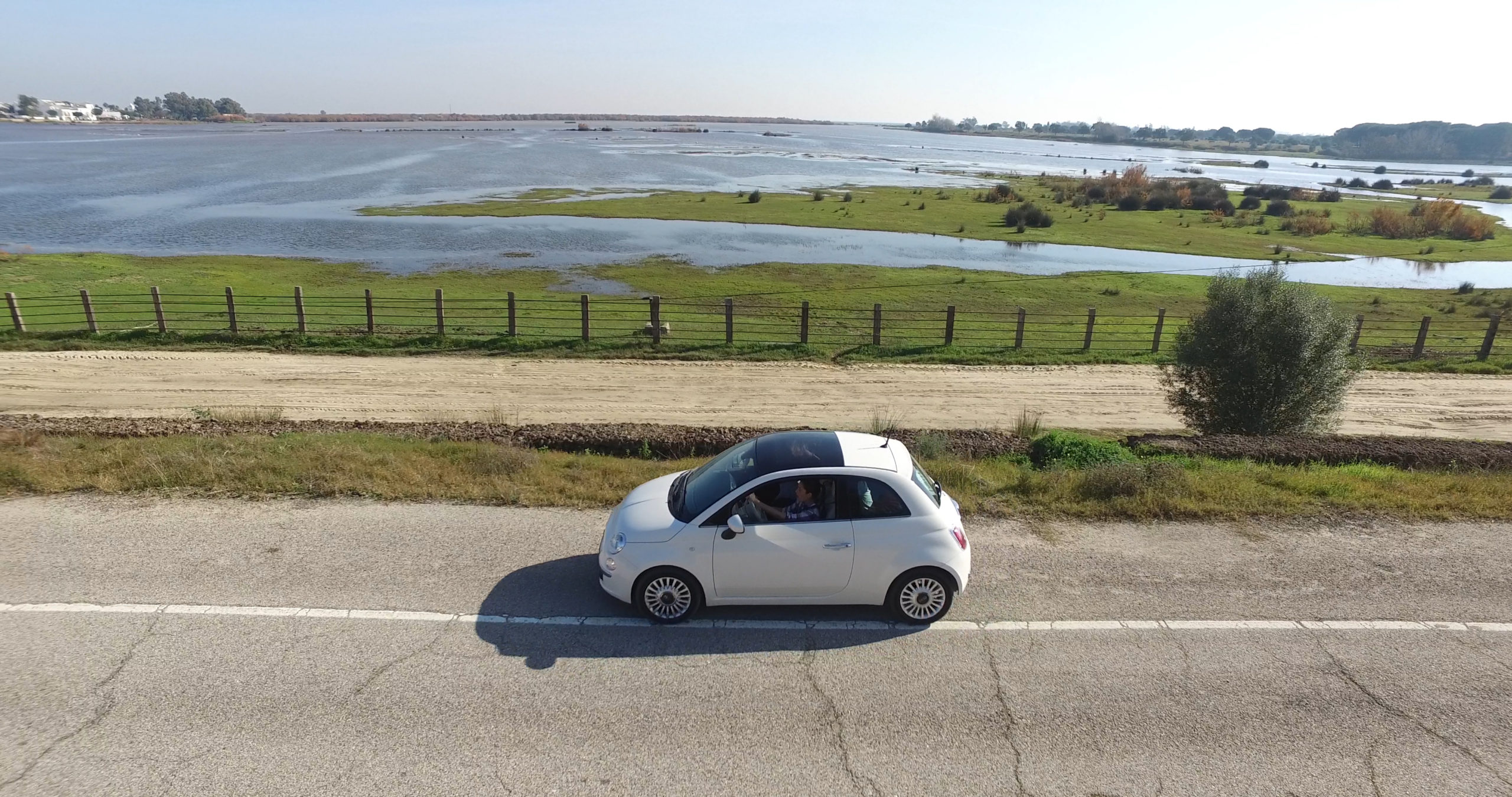Doñana, a privileged space
Natural monuments are spaces or elements of nature basically constituted by formations of notorious singularity, rarity or beauty, which deserve to be the object of special protection or generate interest due to the singularity or importance of their landscape values. And in Doñana you will find natural spaces that transcend descriptions and that shine with their own light.

In the Wild Olives (Acebuches) in El Rocío, you will find remnants of a type of forest original to the Doñana region that are preserved in the urban area of the village of El Rocío, in the Huelva municipality of Almonte. Legendary stories tell that next to one of these old trees, the image of the Virgen de las Rocinas appeared in the 13th century.
In the Asperillo Cliff, you will discover a system of semi-stable coastal dunes formed by sands of Aeolian origin and located on the Castilla Beach. It is the highest cliff of this type in Europe and is considered one of the coastal formations with the most unique geomorphological and ecological characteristics in Spain, since it is a sandy cliff formed by the sedimentation of sands of wind and alluvial origin, organic and other materials. The different layers were deposited over time, so that later the forces of the earth raised them more than 100 meters. The oldest materials are estimated to be between fourteen and fifteen thousand years old.















